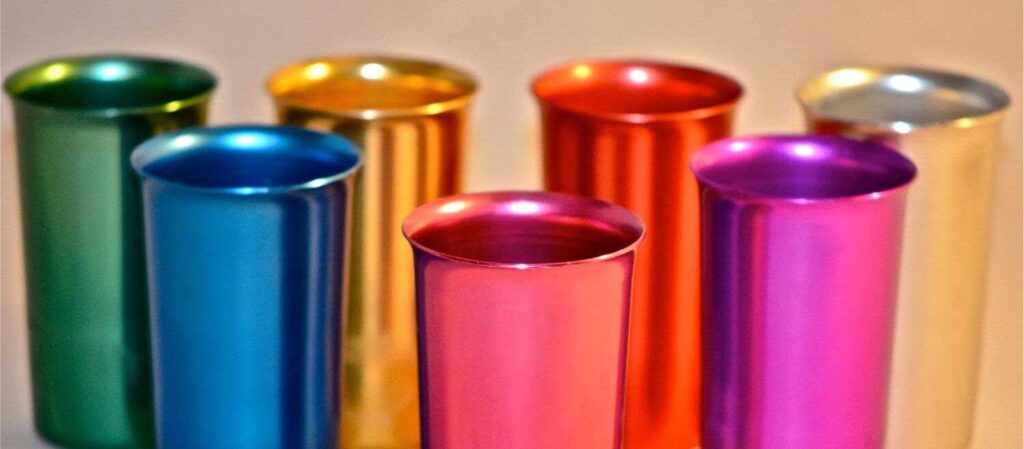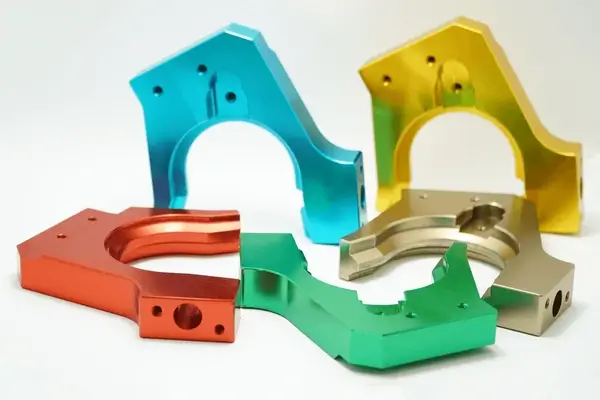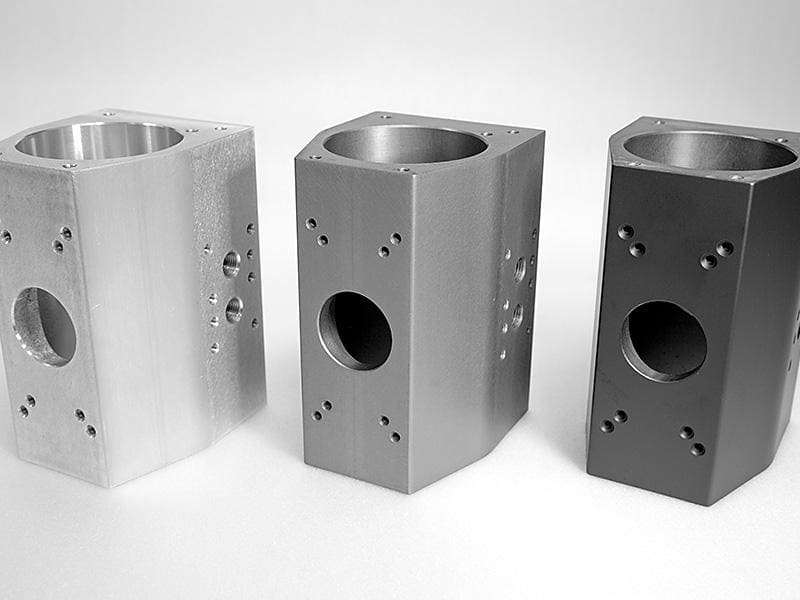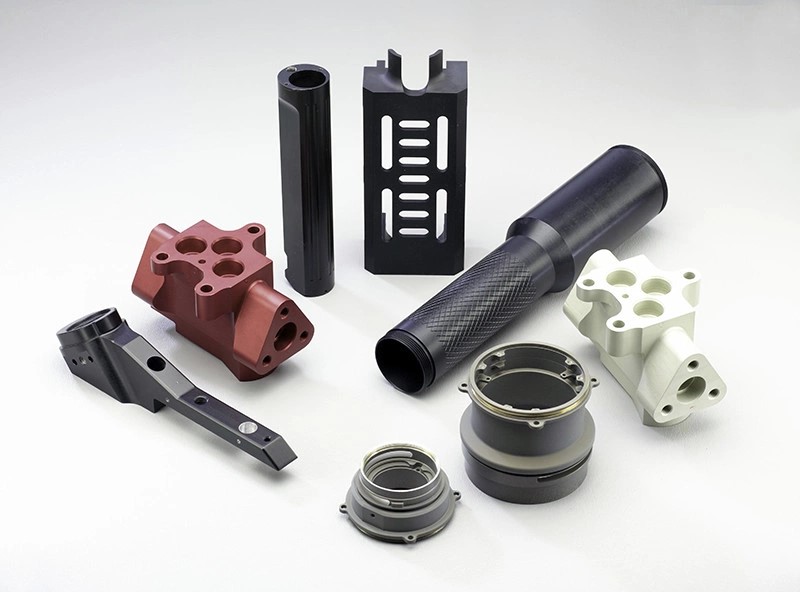Properties and applications of different types of anodized aluminum finishes
Anodized aluminum is a popular choice in many industries because of its durability, corrosion resistance, and aesthetics. The anodizing process involves the formation of a protective oxide layer on the surface of aluminum, thereby enhancing its performance and extending its service life. There are several different types of anodized aluminum finishes, each with its own unique properties and applications.
1.Clear Anodized Aluminum Finish
This finish has a transparent, glossy appearance that allows the natural beauty of aluminum to shine through. Clear anodized aluminum is often used in architectural applications such as window frames and curtain walls where a sleek, modern look is desired. It is also commonly used in trim and decoration in the automotive industry.

2.Color Anodized Aluminum Finish
This finish involves the addition of dyes during the anodizing process, which results in a variety of vibrant colors. Meanwhile, color anodized aluminum is often used in decorative applications such as signage, jewelry, and consumer electronics. Therefore, color anodized aluminum not only allows for endless design possibilities, but can also be customized to match any desired color scheme.

3.Specialty Finishes
One such finish is the brushed anodized finish, where the aluminum surface is mechanically brushed prior to anodizing. This creates a textured look that is both aesthetically pleasing and resistant to fingerprints and scratches. Brushed anodizing aluminum is often used in high-end appliances, furniture, and architectural finishes.
Another specialty finish is the hardcoat anodized finish. This finish involves a thicker anodized layer that enhances durability and wear resistance. Hard-coat anodizing aluminum is often used in applications where the aluminum will be subject to harsh environments or heavy use, such as military equipment, aerospace components, and industrial machinery.

When comparing different anodizing aluminum finishes, it’s important to consider factors such as appearance, durability, and cost. Clear anodizing aluminum offers a sleek, modern look but may be more susceptible to scratches and wear over time. Colored anodized aluminum offers endless design possibilities but can be more expensive and less durable than clear anodizing finishes. Specialty finishes, such as brushed and hardcoat anodized, have unique properties that make them suitable for specific applications.
